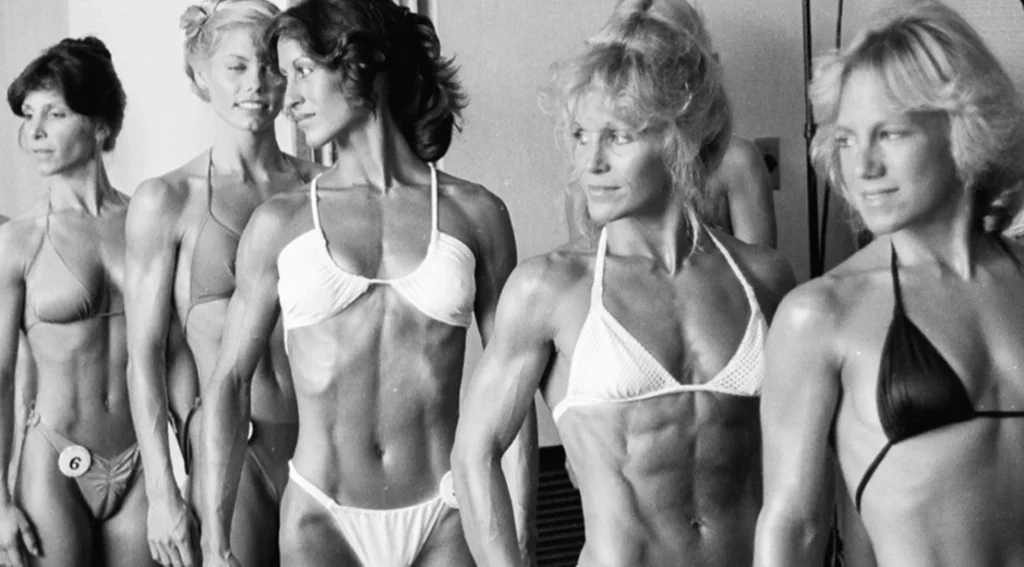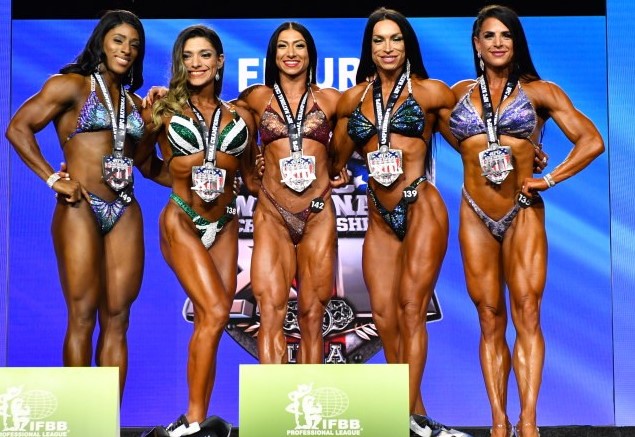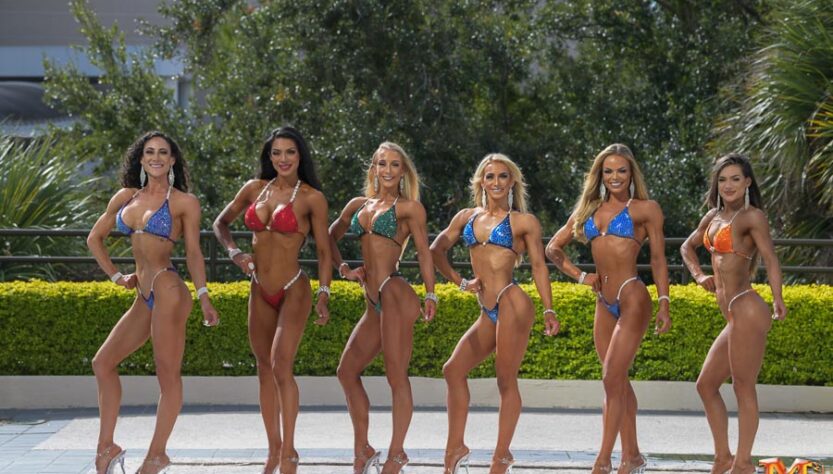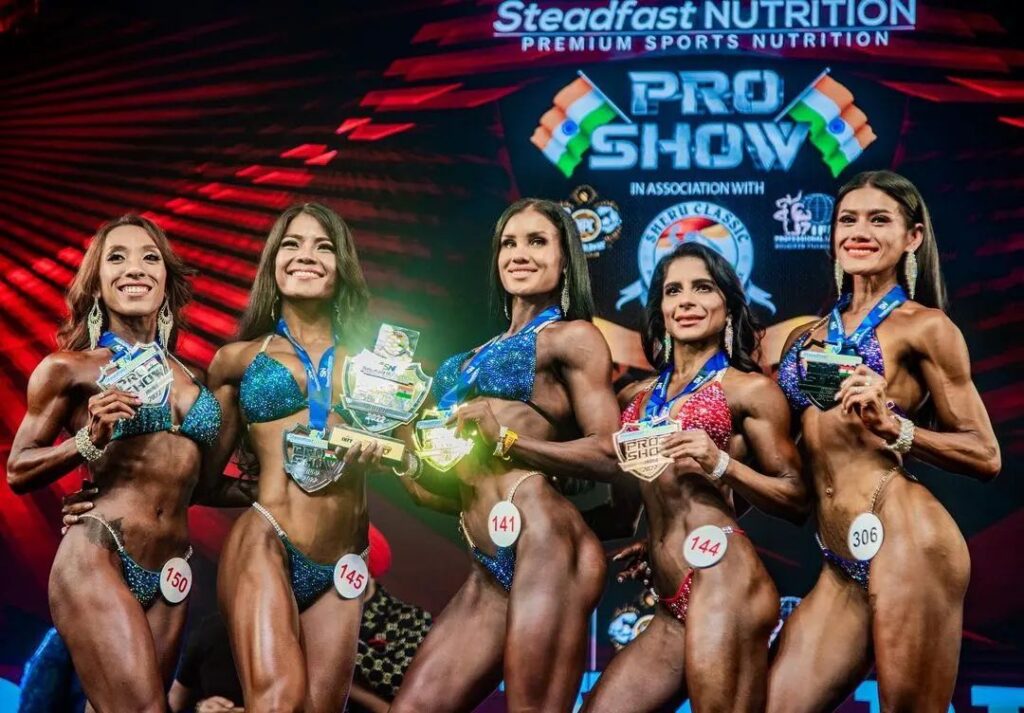For years, the world of bodybuilding has been dominated by men. But in recent years, there has been a significant rise in female bodybuilding competitions, breaking stereotypes and shattering glass ceilings.
The History of Female Bodybuilding Competitions
Female bodybuilding competitions first emerged in the 1970s and 1980s, when women began to challenge gender norms and stereotypes by participating in what had previously been a male-dominated sport. In 1980, the Ms. Olympia competition was introduced as the first major bodybuilding event exclusively for women.
The 1990s and 2000s saw a surge of interest in female bodybuilding, with more women than ever before taking up the sport and competing at an elite level. This rise in popularity has had a significant impact on modern society and the fitness industry, challenging traditional standards of beauty and promoting strength, health, and athleticism as important values for women to aspire to.
Today, female bodybuilders continue to inspire others with their dedication, discipline, and hard work, demonstrating that anyone can achieve their goals through perseverance and commitment.
The Origins of Female Bodybuilding

The origins of female bodybuilding can be traced back to the late 19th and early 20th centuries when women began participating in athletic events such as gymnastics, swimming, and track and field. However, it wasn’t until the 1970s that female bodybuilding emerged as a distinct sport.
In 1977, the International Federation of Bodybuilders (IFBB) held the first-ever Ms. Olympia competition, which was won by Rachel McLish. The event was a milestone for female bodybuilding and helped to popularize the sport. From there, the IFBB began holding more competitions for female bodybuilders, including the Ms. International and the Arnold Classic.
During the 1980s and 1990s, female bodybuilding continued to grow in popularity, with competitors like Cory Everson and Lenda Murray becoming household names. However, the sport also faced controversy over concerns about the physical appearance of female bodybuilders and accusations of steroid use.
Despite these challenges, female bodybuilding has continued to evolve and gain acceptance as a legitimate sport. Today, there are a variety of organizations that promote and sanction competitions for female bodybuilders, including the IFBB, the International Natural Bodybuilding Association (INBA), and the World Natural Bodybuilding Federation (WNBF).
Impact of Female Bodybuilding Competitions on the Industry
Female bodybuilding competitions have had a significant impact on the fitness industry since their inception. Here are some ways in which they have influenced the industry:
- Increased Popularity: Female bodybuilding competitions have helped to increase the popularity of fitness and bodybuilding among women. These competitions showcase the muscular and toned physique of female bodybuilders, which has inspired many women to adopt a similar fitness regime.
- More Representation: Female bodybuilding competitions have also led to more representation of women in the fitness industry. This has led to the creation of new opportunities for female athletes, including sponsorships, endorsements, and media exposure.
- More Attention to Women’s Fitness Needs: The popularity of female bodybuilding competitions has led to an increased focus on women’s fitness needs. This has resulted in the development of new fitness programs and equipment that cater specifically to women.
- Changed Perception of Feminine Beauty: The success of female bodybuilders has also challenged the traditional notion of feminine beauty. The muscular and toned physiques of female bodybuilders have helped to redefine what it means to be beautiful, healthy, and strong.
- Increased Competition Standards: The popularity of female bodybuilding competitions has also raised the standard for competition. This has led to an increase in the level of athleticism, discipline, and dedication required to be a successful female bodybuilder.
Overall, female bodybuilding competitions have had a significant impact on the fitness industry by inspiring and empowering women to pursue their fitness goals and redefine the traditional notion of feminine beauty.
Major Female Bodybuilding Competitions

Here are some major female bodybuilding competitions:
- Olympia Women’s Bodybuilding: This is considered the most prestigious competition in female bodybuilding. It takes place annually in Las Vegas, Nevada, and features the top professional female bodybuilders from around the world.
- Arnold Classic: This is another high-profile competition, which takes place annually in Columbus, Ohio. It features a range of bodybuilding events, including the Women’s Bodybuilding competition.
- Europa Games Get Fit & Sports Expo: This event features a range of fitness and bodybuilding competitions, including the Women’s Bodybuilding competition. It takes place annually in various locations around the United States.
- NPC Junior USA Championships: This competition is specifically for amateur female bodybuilders, and takes place annually in Charleston, South Carolina.
- NPC USA Bodybuilding Championships: This is another amateur competition for female bodybuilders, and takes place annually in Las Vegas, Nevada.
- IFBB North American Championships: This competition is open to both amateur and professional female bodybuilders, and takes place annually in Pittsburgh, Pennsylvania.
These are just a few examples of the major female bodybuilding competitions out there. There are many others, both at the amateur and professional levels, that take place throughout the year in various locations around the world.
Top Female Bodybuilders in the Industry
Here are some of the top female bodybuilders in the industry:
- Iris Kyle – With ten Ms. Olympia titles to her name, Iris Kyle is one of the most successful female bodybuilders in history.
- Linda Murray – A former Ms. Olympia, Linda Murray has eight Ms. Olympia titles to her name, making her one of the most successful female bodybuilders of all time.
- Cory Everson – With six Ms. Olympia titles, Cory Everson was one of the most dominant female bodybuilders of the 1980s.
- Lenda Murray – With eight Ms. Olympia titles, Lenda Murray is one of the most successful female bodybuilders of all time.
- Yaxeni Oriquen-Garcia – A former Ms. Olympia, Yaxeni Oriquen-Garcia has won multiple titles in her career and is known for her impressive size and symmetry.
- Juliette Bergmann – A former Ms. Olympia, Juliette Bergmann is known for her aesthetic physique and has won multiple titles in her career.
- Bev Francis – A pioneer in the sport of female bodybuilding, Bev Francis was known for her impressive strength and has won numerous titles in her career.
- Rachel McLish – A former Ms. Olympia, Rachel McLish was one of the first female bodybuilders to gain mainstream recognition and is known for her aesthetic physique.
- Kim Chizevsky-Nicholls – A former Ms. Olympia, Kim Chizevsky-Nicholls was known for her impressive size and conditioning, and has won multiple titles in her career.
- Nicole Wilkins – A former Ms. Olympia, Nicole Wilkins is known for her aesthetic physique and has won numerous titles in her career.
The Future of Female Bodybuilding Competitions

The future of female bodybuilding competitions is likely to continue evolving as societal attitudes toward women’s strength and athletic prowess continue to shift. In recent years, there has been a growing trend toward a more inclusive and diverse representation of body types and fitness levels in sports and fitness competitions, including female bodybuilding.
- One potential direction for female bodybuilding competitions is to place a greater emphasis on health and wellness rather than solely on physical appearance. This could include a focus on holistic fitness and wellness practices, such as nutrition, mental health, and overall well-being.
- Another potential trend is to expand the categories and divisions within female bodybuilding competitions to accommodate a wider range of body types and fitness levels. For example, competitions could feature categories for athletes who prefer a more streamlined and toned physique, as well as categories for those who prefer a more muscular and heavily muscled look.
- In addition, technology and social media are likely to play an increasing role in female bodybuilding competitions, allowing athletes to showcase their progress, connect with fans and supporters, and promote the sport to a wider audience. Virtual competitions and online training programs could also become more common in the future.
Overall, the future of female bodybuilding competitions is likely to be shaped by a combination of changing societal attitudes, evolving fitness trends, and advancements in technology and media.
Let’s Sum Up
Female bodybuilding is on the rise, and its impact on the industry is undeniable. The history of female bodybuilding competitions, the different divisions and competitions for women, and the top female bodybuilders in the industry are all proof of how far we’ve come. However, there are still stereotypes and controversies surrounding this sport that need to be addressed.
We must continue breaking stereotypes in the industry and promoting female representation to ensure that it continues to grow in popularity. Social media has also played a significant role in promoting these competitions and showcasing strong women athletes. Let’s support female bodybuilding by spreading awareness on social media and showing our support for these incredible athletes.



